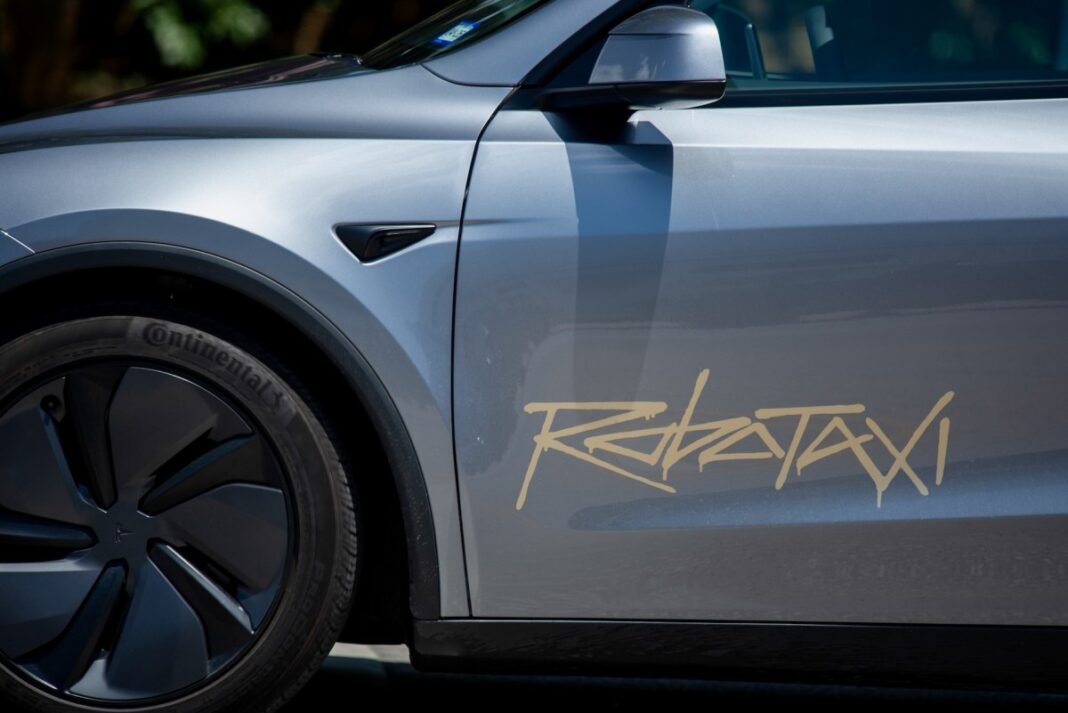Federal Authorities Investigate TeslaS Robotaxi Operations Amid Traffic Safety Concerns in Austin
The U.S. National Highway Traffic Safety Administration (NHTSA) has opened communications with Tesla following the launch of its robotaxi service in South Austin, Texas. This inquiry arises after numerous online videos surfaced showing Tesla’s autonomous vehicles allegedly violating traffic laws during rides provided to select customers.
Real-World Challenges of Autonomous Driving under Scrutiny
tesla’s robotaxis utilize an unsupervised version of the Full Self-Driving (FSD) software and have been reported to exceed posted speed limits and occasionally drift into incorrect lanes. These behaviors raise meaningful safety concerns as these vehicles operate on public roads without active driver control. Even though a human “safety monitor” is seated in the front passenger position during trips, video evidence reveals troubling driving patterns that have drawn regulatory attention.
Insights into Tesla’s Autonomous Technology and Its Deployment Model
The company recently initiated a limited rollout of paid rides through an app-based hailing platform exclusively in South Austin. Unlike the conventional FSD package sold to vehicle owners-which mandates drivers keep their hands on the wheel-these robotaxis are engineered for fully autonomous operation without driver intervention. However, Tesla has not publicly disclosed detailed technical specifications regarding this unsupervised iteration of its FSD system.
NHTSA’s Investigation and Commitment to Road Safety Enforcement
NHTSA confirmed it is actively collecting details from Tesla concerning these reported incidents. The agency reaffirmed its dedication to enforcing vehicle safety standards under the Vehicle Safety Act by conducting data-driven investigations aimed at identifying potential defects or hazards linked to emerging automotive technologies.
“NHTSA does not grant prior approval for new vehicle systems but depends on manufacturers’ certifications that their products comply with stringent safety requirements,” stated the agency officially. “After thorough reviews of incident reports and othre pertinent data, we will implement necessary actions to protect public road users.”
Operational Difficulties Evident from Recent Robotaxi Incidents
An independent observer recorded instances where a Tesla robotaxi unexpectedly braked twice near parked police vehicles along roadways-maneuvers captured on video and widely shared online. Such erratic responses highlight ongoing challenges faced by autonomous systems adapting to complex urban traffic scenarios.
The Expanding Landscape: Autonomous Vehicles Navigating Public Streets
This deployment represents one of the earliest real-world trials for fully driverless ride-hailing services launched by a major automaker within U.S city limits-a notable milestone amid accelerating global investments in self-driving technology development.
- Industry forecasts estimate that worldwide revenue from autonomous vehicle technologies will exceed $65 billion by 2030 as more companies introduce similar services across metropolitan regions.
- Cities such as Phoenix, Detroit, and San Francisco have hosted pilot programs featuring robo-taxis operated by startups and established tech firms pursuing safer urban mobility through automation.
- Despite progress, regulators continue urging cautious advancement due to unresolved issues involving system reliability under diverse traffic conditions including pedestrian interactions and unpredictable environments.
Navigating Regulatory Complexities Amid Rapid Technological Innovation
Tesla’s experience underscores how cutting-edge automated driving solutions must carefully balance innovation with strict compliance with existing traffic laws originally designed for human operators-a regulatory challenge growing increasingly critical as self-driving cars become more common worldwide on public roads.





